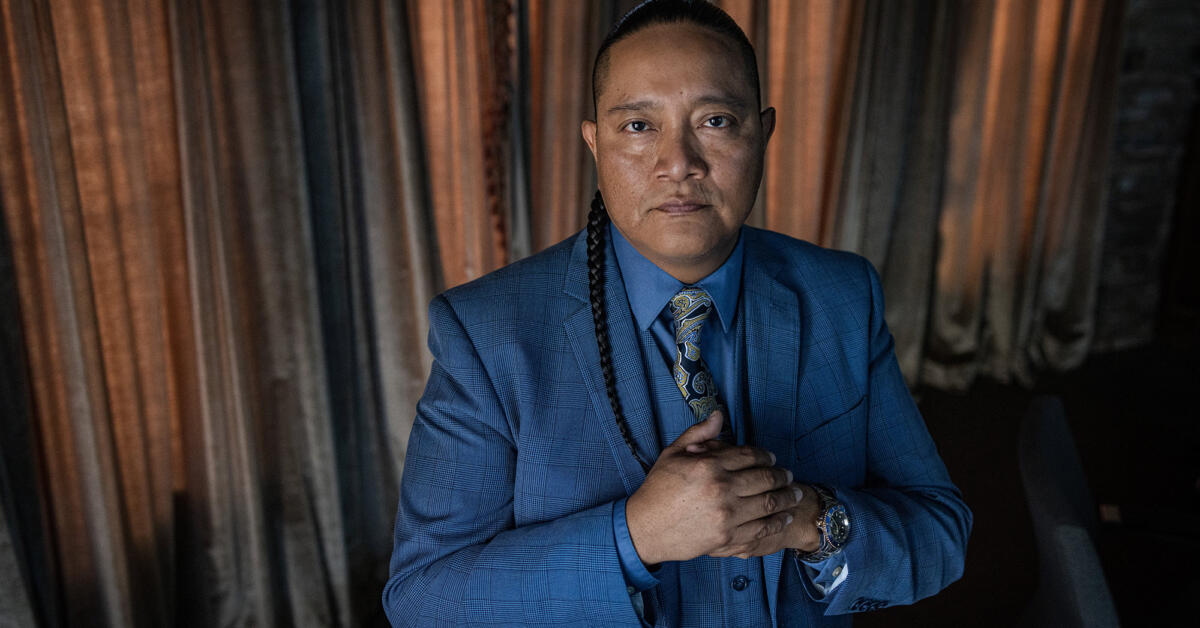Despite being more likely to die of liver disease, Native Americans are far less likely to make the transplant list than White people
Native Americans are far less likely than other racial groups to gain a spot on the national liver transplant list, despite having the highest rate of death from liver disease, according to an analysis of four years of transplant data by The Markup and The Washington Post.
Compared with their total number of deaths from liver disease, White people gain a spot on the transplant list almost three times more often than Native Americans, the data shows. Had transplant rates been equal, nearly 1,000 additional Native people would have received liver transplants between 2018 and 2021.
Native Americans who do win a spot on the list advance to surgery at about the same rate as White people, showing that list access is a primary driver of disparity. Among other racial groups, the liver transplant acceptance rate for Black people is slightly lower than for White patients nationally, while Asian Americans have the highest rate of acceptance to the transplant waitlist by far.
These findings come as mortality from liver disease is climbing across the nation, hitting nearly 57,000 deaths in 2021, according to the Centers for Disease Control and Prevention. Liver disease is commonly caused by obesity, hepatitis C, and alcoholism. Researchers have attributed the rise in mortality to increased heavy drinking during the pandemic, especially among young people.
Data show poor access to inpatient treatment for alcoholism for tribes across the country. The only cure for end-stage liver disease is a transplant. And getting on the list typically involves a referral by a doctor, which can be hard for those with limited resources to access.



It’s not my number, it’s the number I got from the article.
Can you explain further? I don’t see anywhere the article could be interpreted to say 1000:1. It says that 1000 more native people (total) would have been accepted if acceptance rates were equal.
It drills further into the numbers:
By that, it looks like the acceptance rate of Caucasians is about 3x that of native Americans, and it looks like Asians are accepted at 2.6x the rate of Caucasians and 7.6x the rate of native American people.
Imagine 10,000 white people need livers, and 10,000 first Nations people need livers.
If all 10,000 white people recieved livers, and only 9,000 FN people got livers, that would mean that:
“Had transplant rates been equal, 1,000 additional FN people would have received liver transplants”
You will notice, that in the scenario I described, the ratio would be 9:10, not 1:1000.
In short, you can not derive the ratio given the information you have presented.